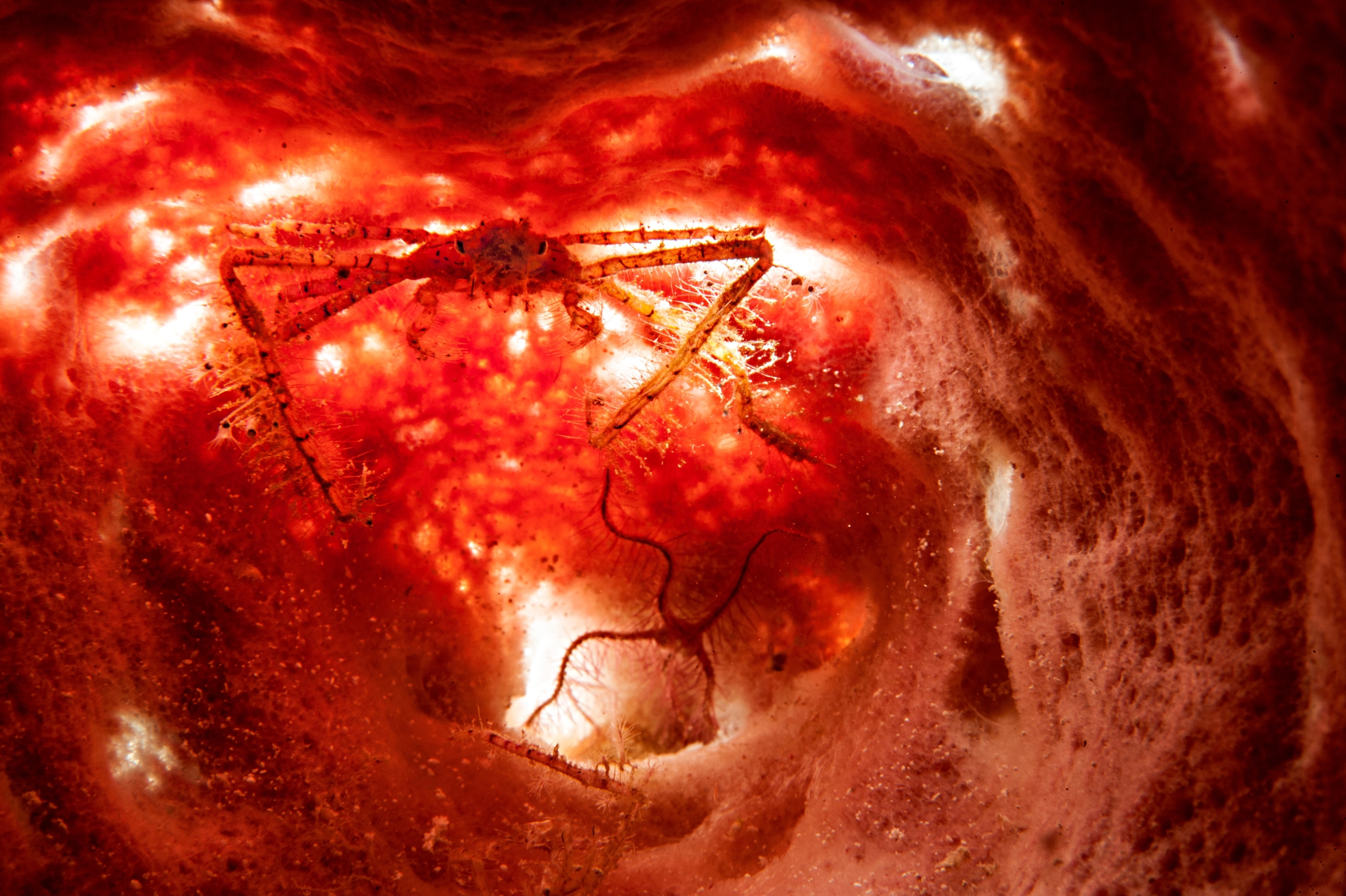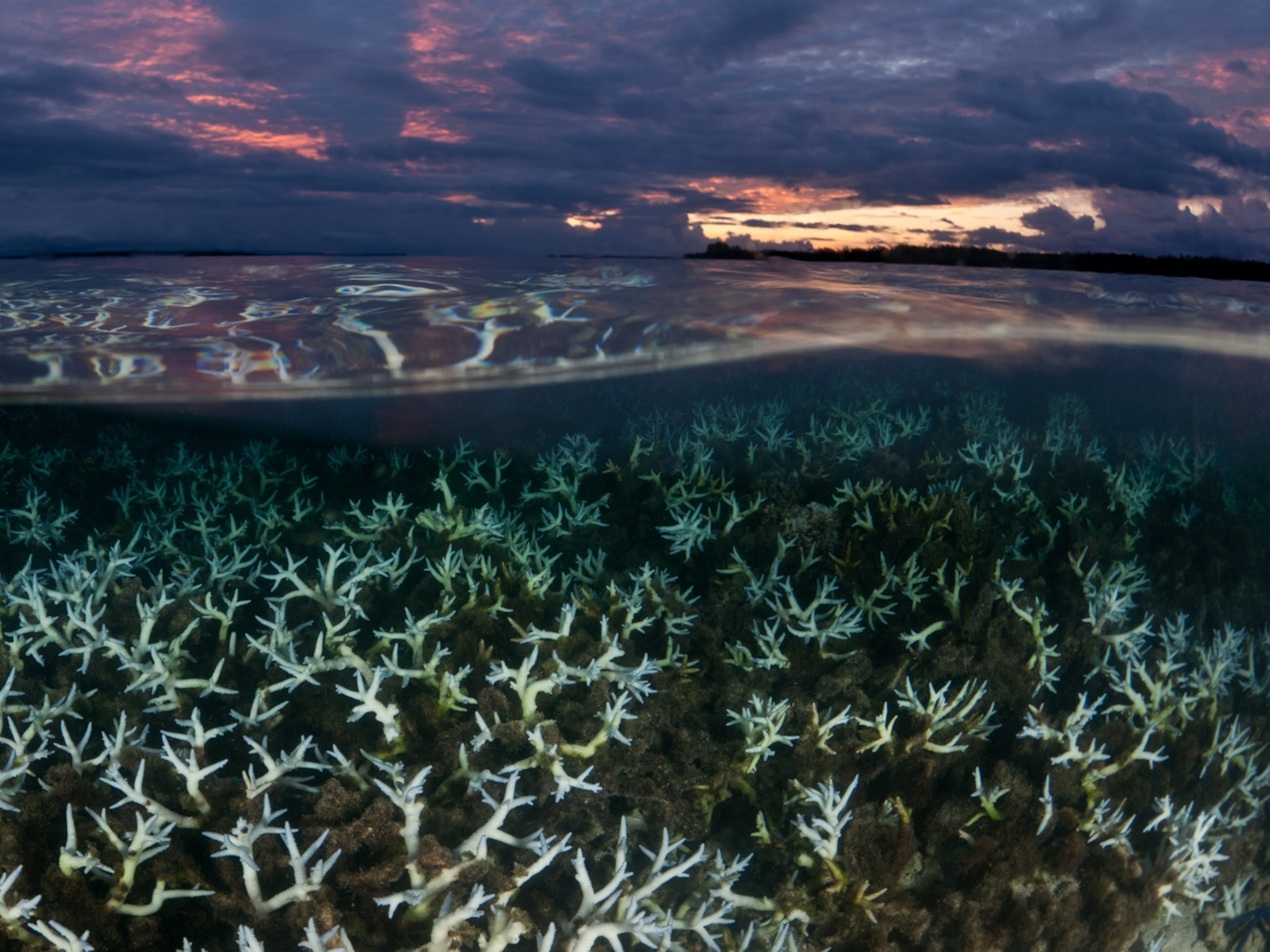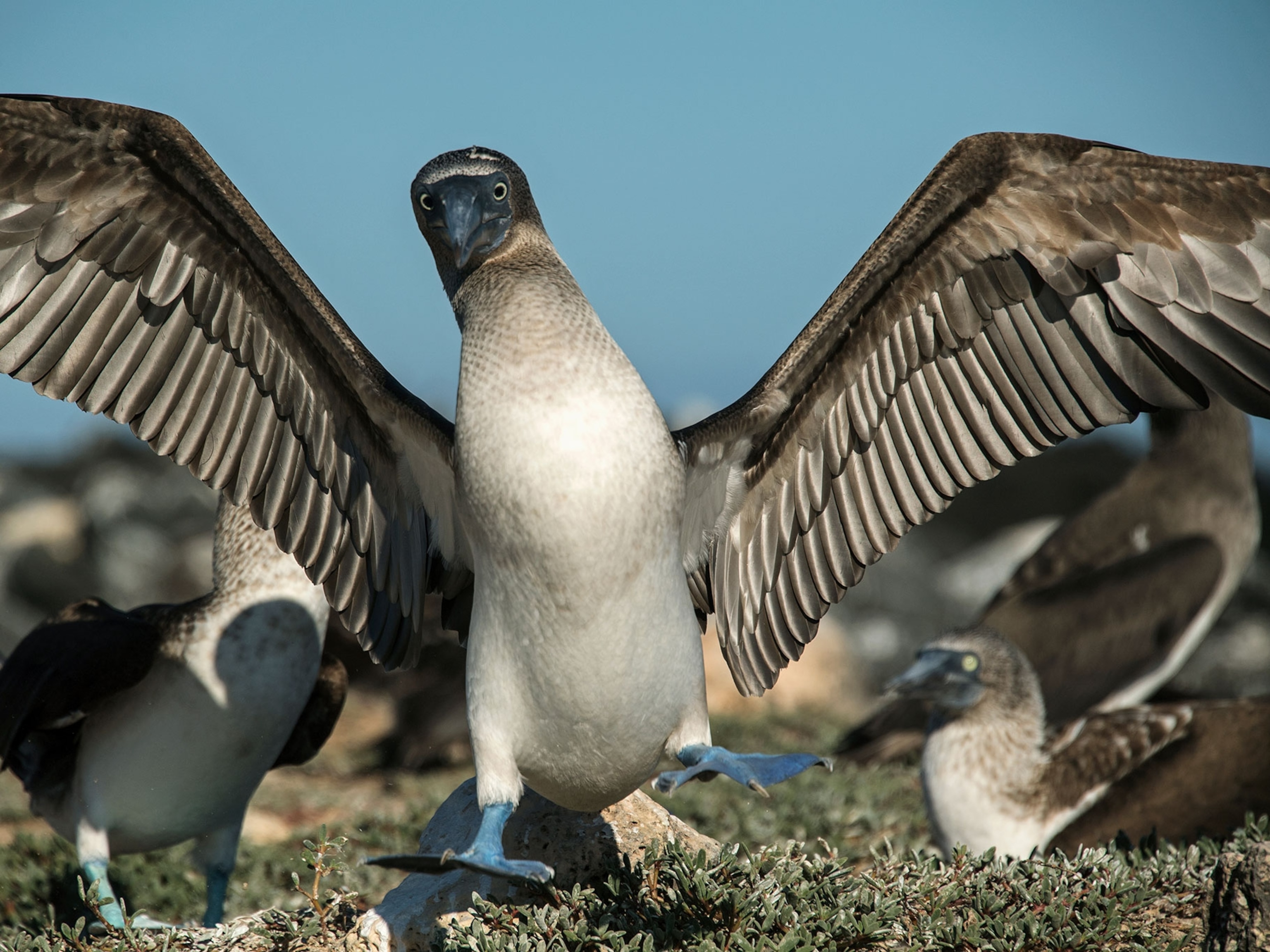
Cuba’s Underwater Jewels Are in Tourism’s Path
Will Gardens of the Queen, a sprawling marine reserve, be threatened as the island nation opens to U.S. visitors?
Fifteen years had elapsed since we last explored the Gardens of the Queen. In the necklace of keys, mangrove islets, and reefs about 50 miles off Cuba, we had discovered a marine wilderness that astonished us with its vibrant life.
We returned to Cuba anxious about what we would see in the wake of time and climate change in this national park now covering about 850 square miles. On our first dive we descended into a large stand of elkhorn coral, a critically endangered species diminished throughout the Caribbean. We found ourselves in a dense thicket, amazed as we watched grunts and snappers jostle for space among the broad branches, as if in a game of musical chairs. This is exactly what we hoped to see; we were inside a liquid time capsule, transported back to a world of coral draped in fish, what the Caribbean looked like to our eyes decades ago.
Noel López, a dive master who has observed these waters for two decades, guided us to a deeper reef where we encountered four species of grouper, including a goliath the size of a stove. The reef seemed even more crowded with large fish and sharks than on our first visit.
One morning we entered the mangroves and swam through a flooded forest filled with clouds of silversides. We ventured out to open water to dive with dozens of sleek silky sharks, which formed a perfect carousel around us. At dusk we returned to the mangroves and submerged into the dark water with powerful lights. We followed an American crocodile, hunting silent as a submarine. To encounter such abundant prey and super predators in a single system, let alone a single day, was incredible.
This oasis in the ocean flourishes, marine scientist Fabián Pina Amargós emphasizes, because Cuba actively protects the preserve, where tides and currents help retain nutrients and larvae. So far the marine ecosystem has proven resilient to coral bleaching, but it faces the same threat that other reefs do as the ocean warms, acidifies, and rises.
As the U.S. embargo draws to an end, the romance of Cuba’s waters is sure to lure more Americans. There’s an urgent need to strike a balance between ecotourism and conservation. Cubans know what’s at stake: the living crown jewels of the Caribbean.















